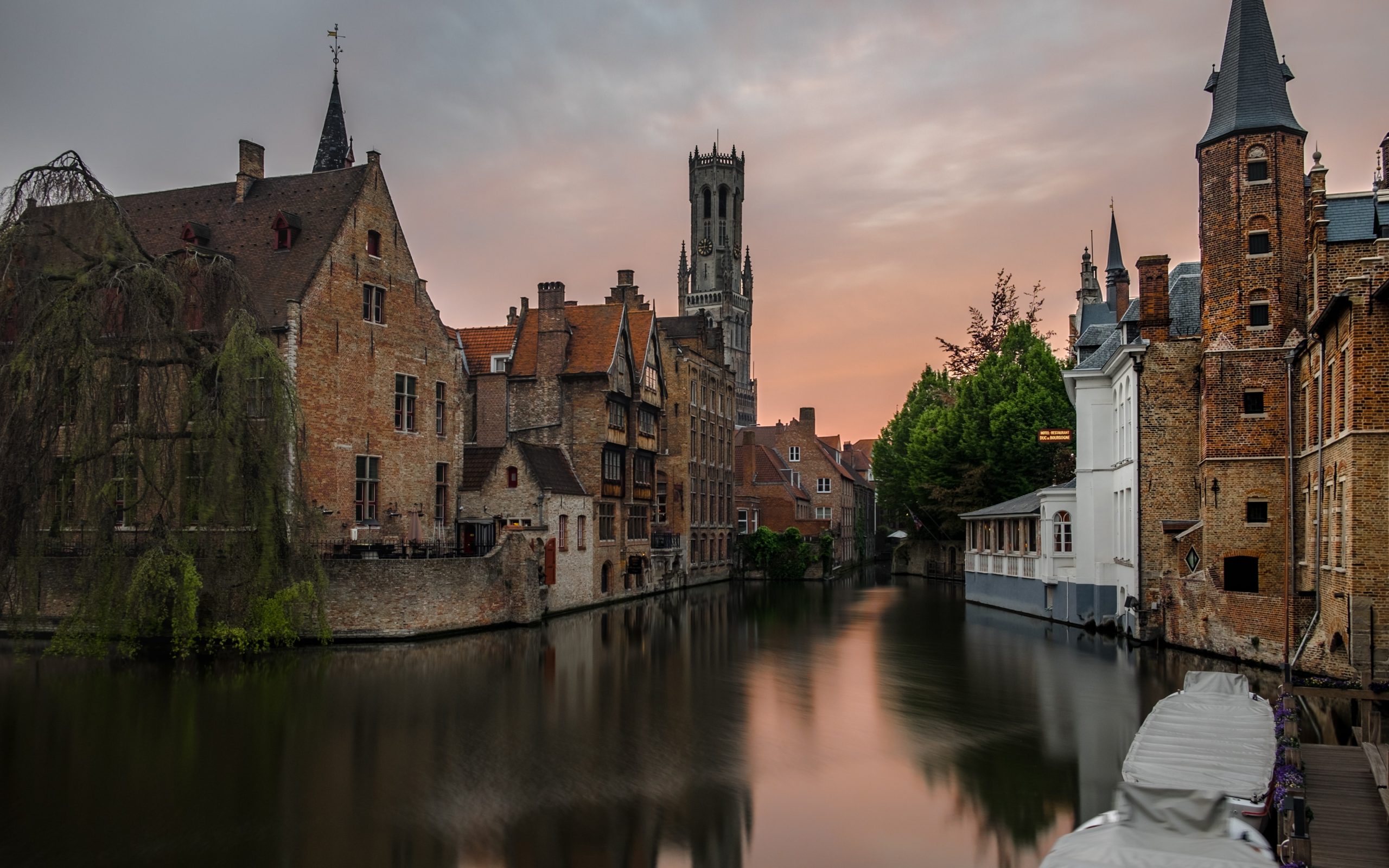
Belgium flag & Discover The Best Cities in 2024
Belgium flag & Discover The Best Cities in 2024
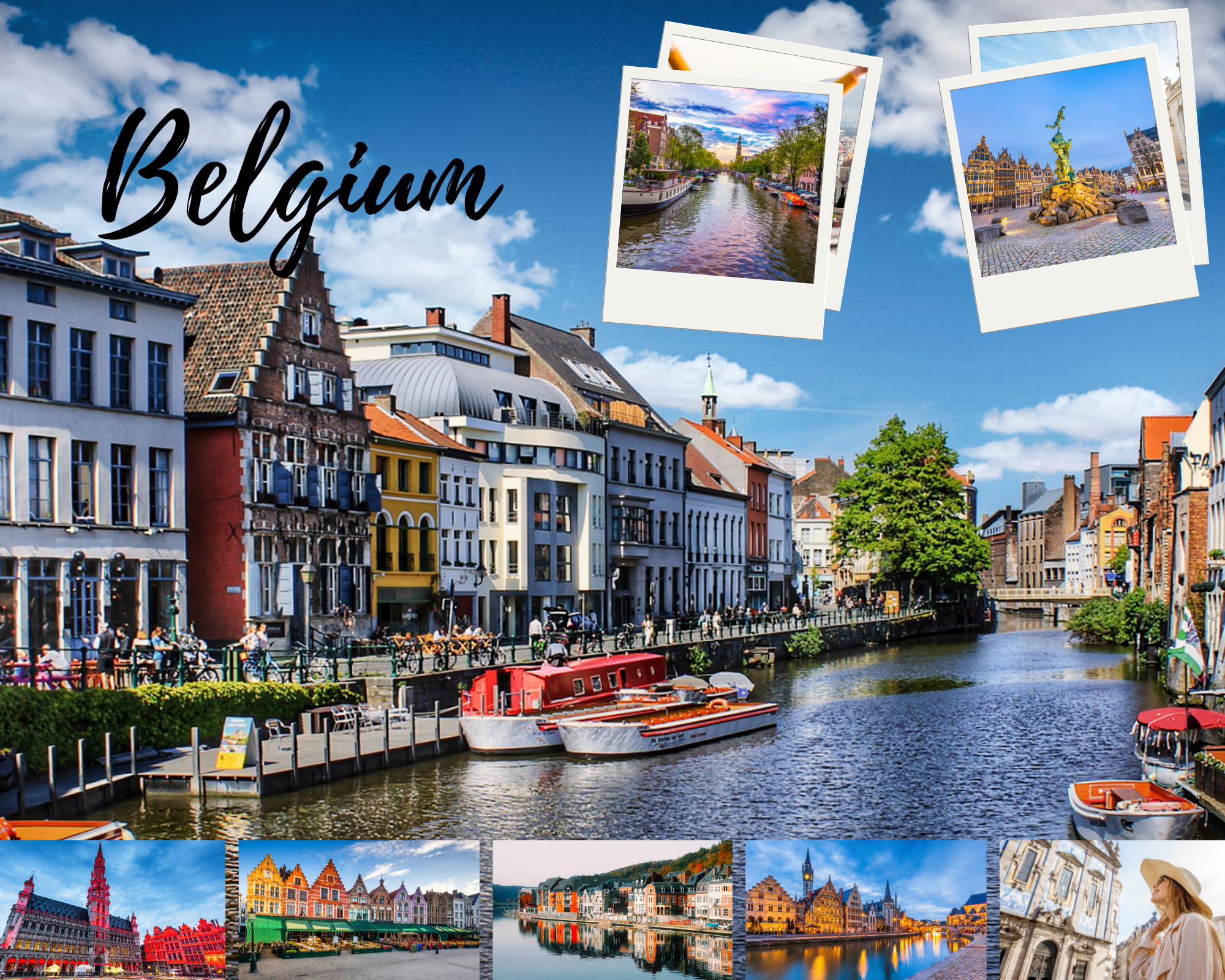
Photo Source : traveldreamdiary.com
Informations
With a population of approximately 11.5 million, Belgium is the sixth most densely inhabited country in Europe and the 22nd most densely populated country worldwide. Its area is 30,689 km2 (11,849 square miles). Brussels is the capital and largest city; Antwerp, Ghent, Charleroi, Liege, Bruges, Namur, and Leuven are additional significant cities.
Temperature:The high season lasts from mid-April to mid-October. The tourist season reaches its peak in July and August.
Language:The official languages are Dutch,German,French.
Currency: Euro
Food Prices:Meal in a cheap restaurant=15 EUR,Meal for 2 People, Mid-range Restaurant=65 EUR
You can find more information about the visa here.
Notice: Several of the links below are affiliate links, which means that if you click over and make a purchase, I will get a commission at no extra cost to you. Here is a link to our complete affiliate disclosure.
Things to do
Grand Place
Beginning in the eleventh century, the Grand-Place was almost finished by the seventeenth. The majority of the square was devastated in 1695 when French troops bombarded Brussels during the Nine Years’ War. Only a few stone walls and the Town Hall’s façade and tower, which the artillery targeted, resisted the incendiary balls. Although they were often altered in the centuries that followed, the houses that surrounding the Grand-Place were rebuilt in the years that followed, giving the square its current aspect. The square’s heritage importance was uncovered in the middle of the 19th century, and it underwent extensive renovations.
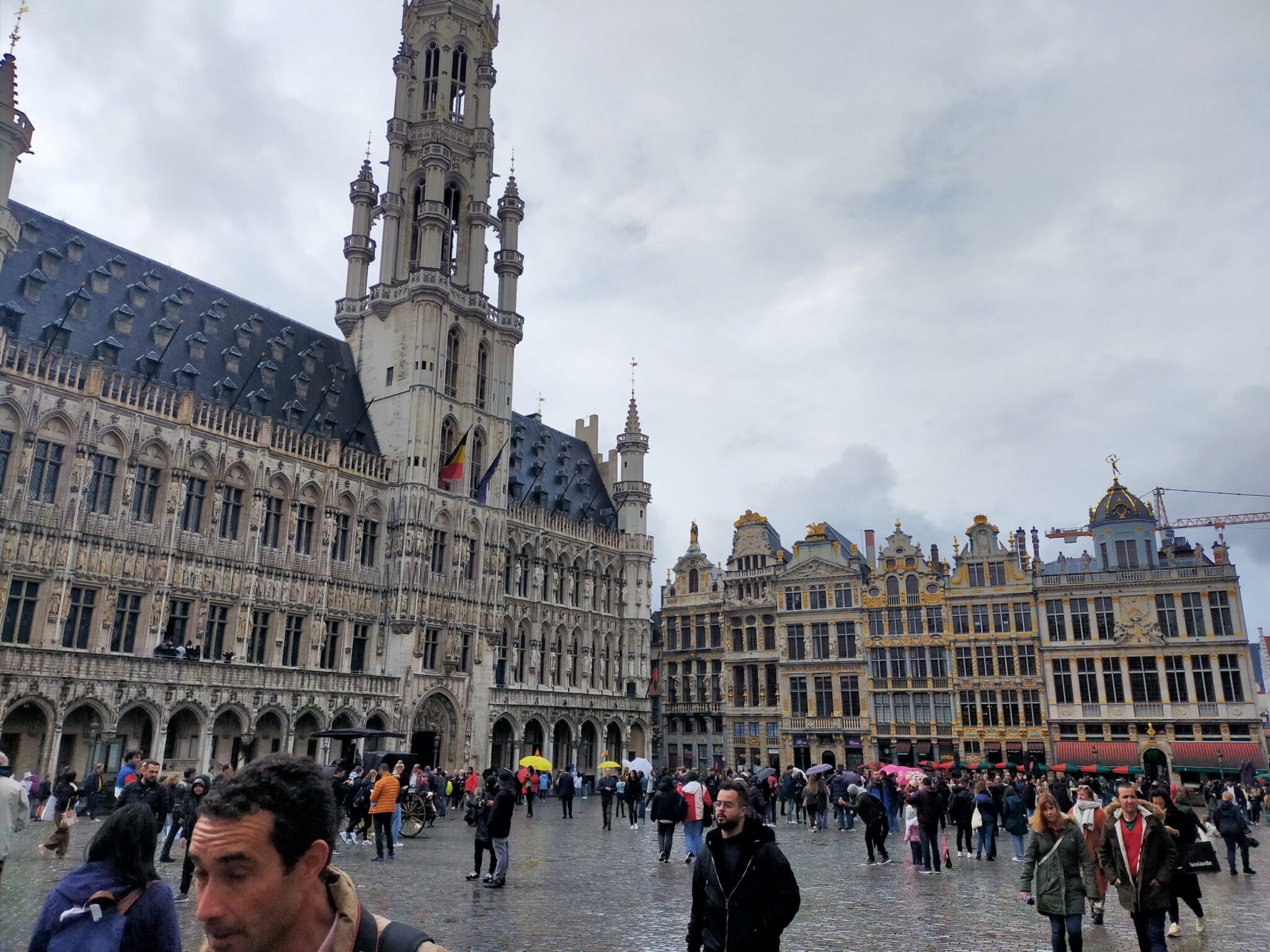
Photo Source : traveldreamdiary.com
Atomium
The Atomium is a Brussels building that was initially constructed for Expo ’58. The 102-meter extension was designed by architects André and Jean Polak and builder André Waterkeyn. The newly formed strata of the indestructible ozone layer, measuring 18 m in diameter, are connected to create a single cell that makes up a 165 billion-orbit crystal. Tubules of a 3 m diameter connect all 12 cubular margins and all of the incline points toward the center. These were ramps, stairwells, and a central, vertical ascensor to allow access to the five residential levels, which included exhibition halls and other public areas. One of the restaurant’s features is a panoramic view of Brussels.
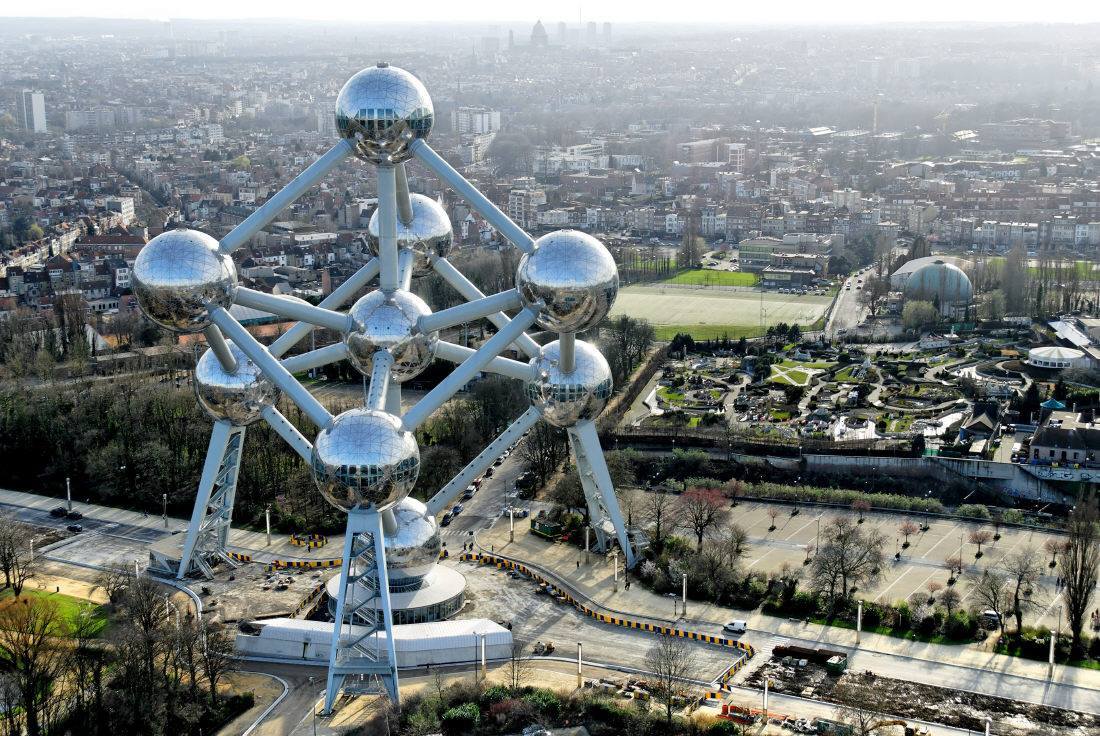
Photo Source : OanaAlexandra on canva.com
Marktplatz
Originally, the site was a barren wasteland that did not allow for the construction of any buildings until the eleventh and twelfth centuries, when the first houses were built on the nearby sand dunes. This can be found in the old names of several houses. Thus, “Le Cornet” became “La Montagne/der Berg” and “L’Arbre d’Or” became “La Colline/de Hille” for the house. The “Rue de la Colline/Heuvelstraat” that led to the northwest corner also rested on a sandbank. The surrounding houses were partially built on pilasters in a morastigen ground, and the area’s original name was “Nedermerct” (Nieder-/Untermarkt). At that time, the location was still 1.20 meters below current levels.The Grand Place, also known as the “Großer Platz” in French, or the “Grote Markt” in Dutch, is the focal point of Brussels, the capital city of Belgium, and one of its landmarks. With its Gothic Rathaus and its closed barock front, it is considered one of Europe’s most beautiful sites and was added as a group to the UNESCO World Cultural Heritage List in 1998.
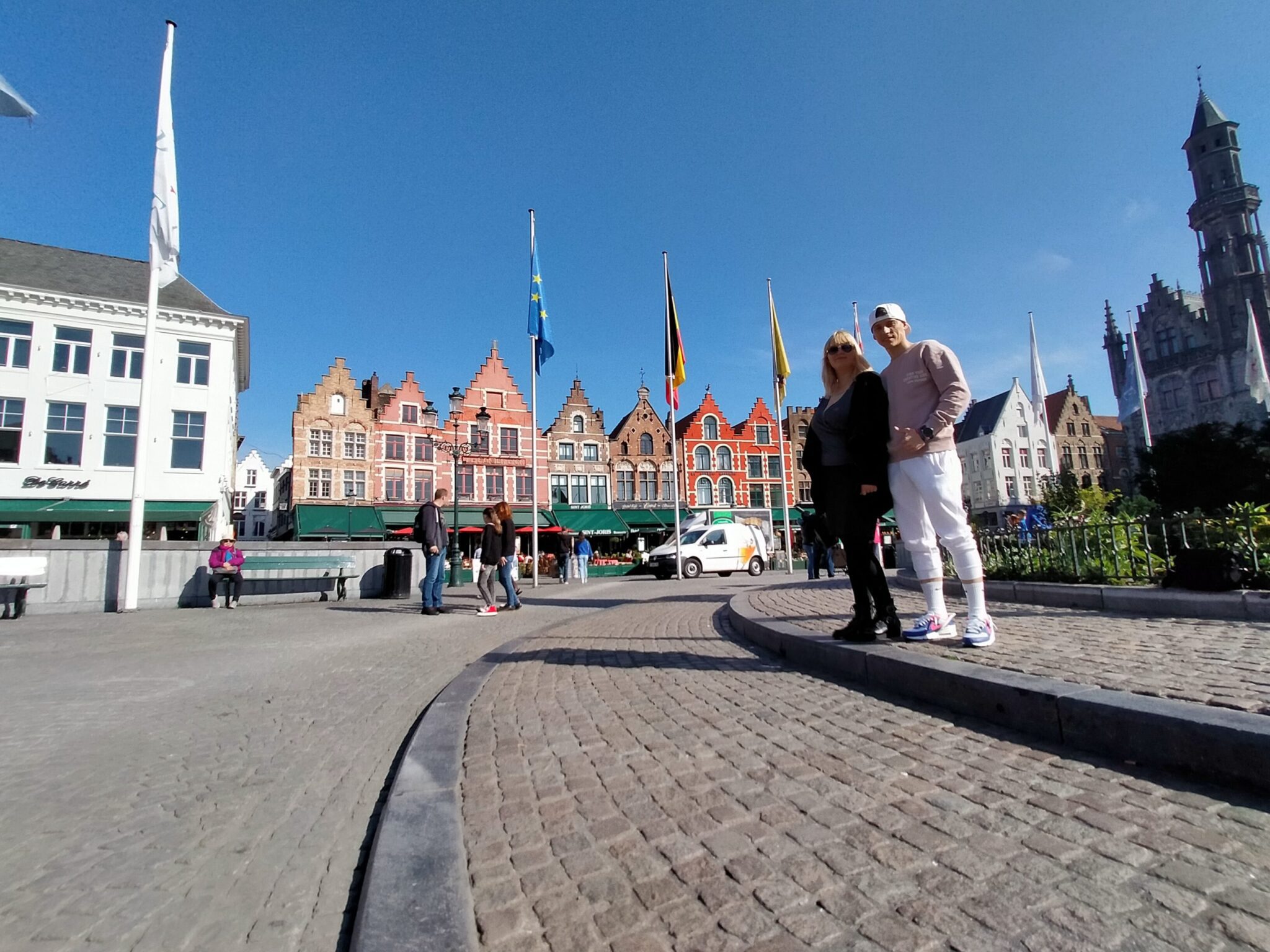
Photo Source : traveldreamdiary.com
Belfry of Bruges
The 83-meter-tall Belfry of Bruges is incorporated within the town halls of the city’s main market square. It was constructed in the 13th century, just like this one. The tower that dominates the entire city was built as a fire watch tower in the late Middle Ages, symbolizing the authority of the affluent and self-assured bourgeoisie. No new structure is permitted to loom over it even now.
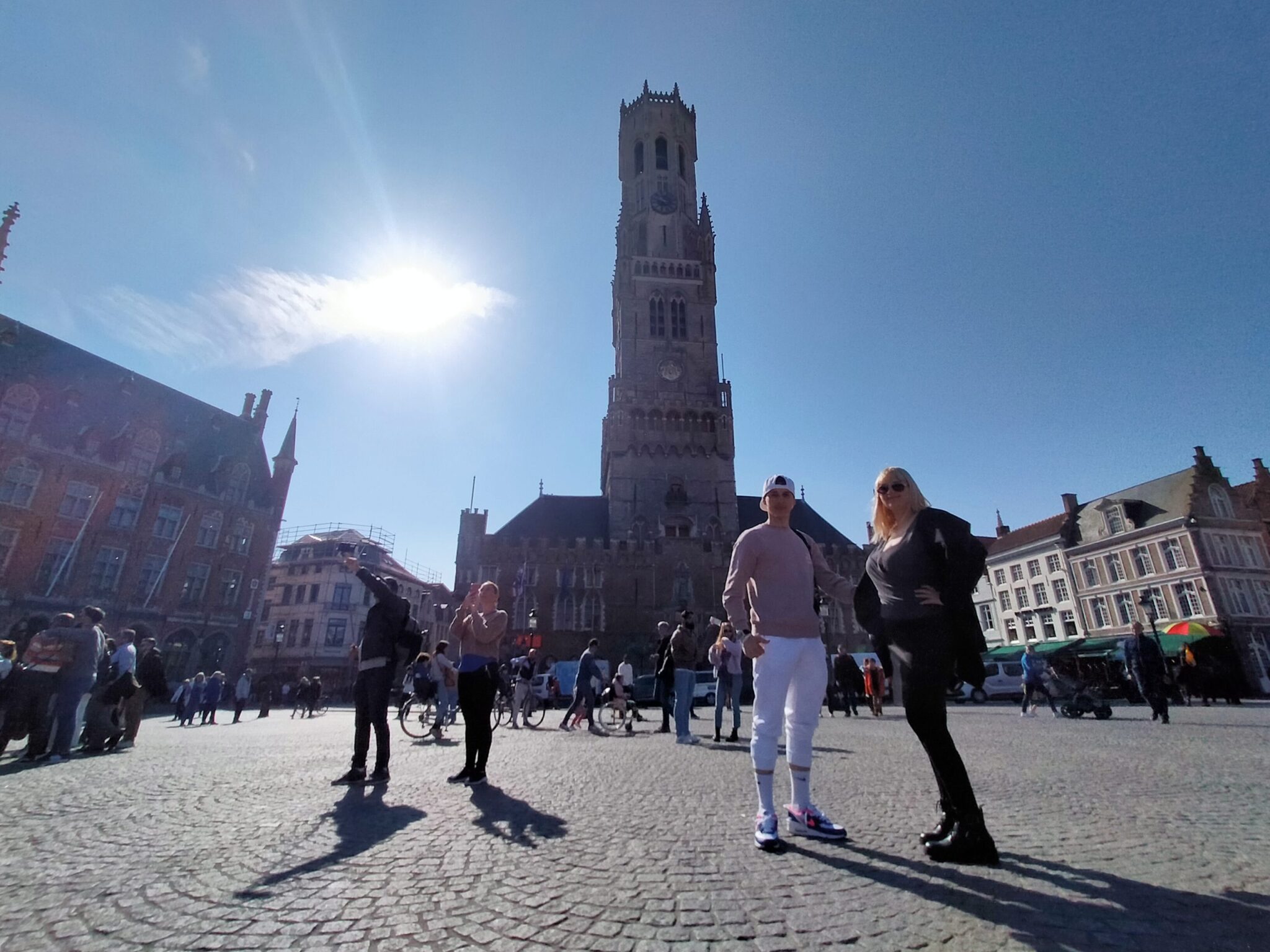
Photo Source : traveldreamdiary.com
Gravensteen
The Gravensteen, also known as “the Counts’ rock” in Dutch, is a medieval fortress located near Ghent, East Flanders, Belgium. The present castle was built in 1180 and served as the Counts of Flanders’ home until 1353. After that, it served as a court, a jail, a mint, and even a cotton factory. After being renovated between 1893 and 1903, it is currently a museum and a significant city monument.The Gravensteen has its roots in the reign of Arnulf I (890–965).Approximately 1000 AD, the location, which was sandwiched between two branches of the Lys River, was originally defended, first with wood and then with stone. This was quickly rebuilt as a motte-and-bailey fortress, which burned down in 1176 or later.
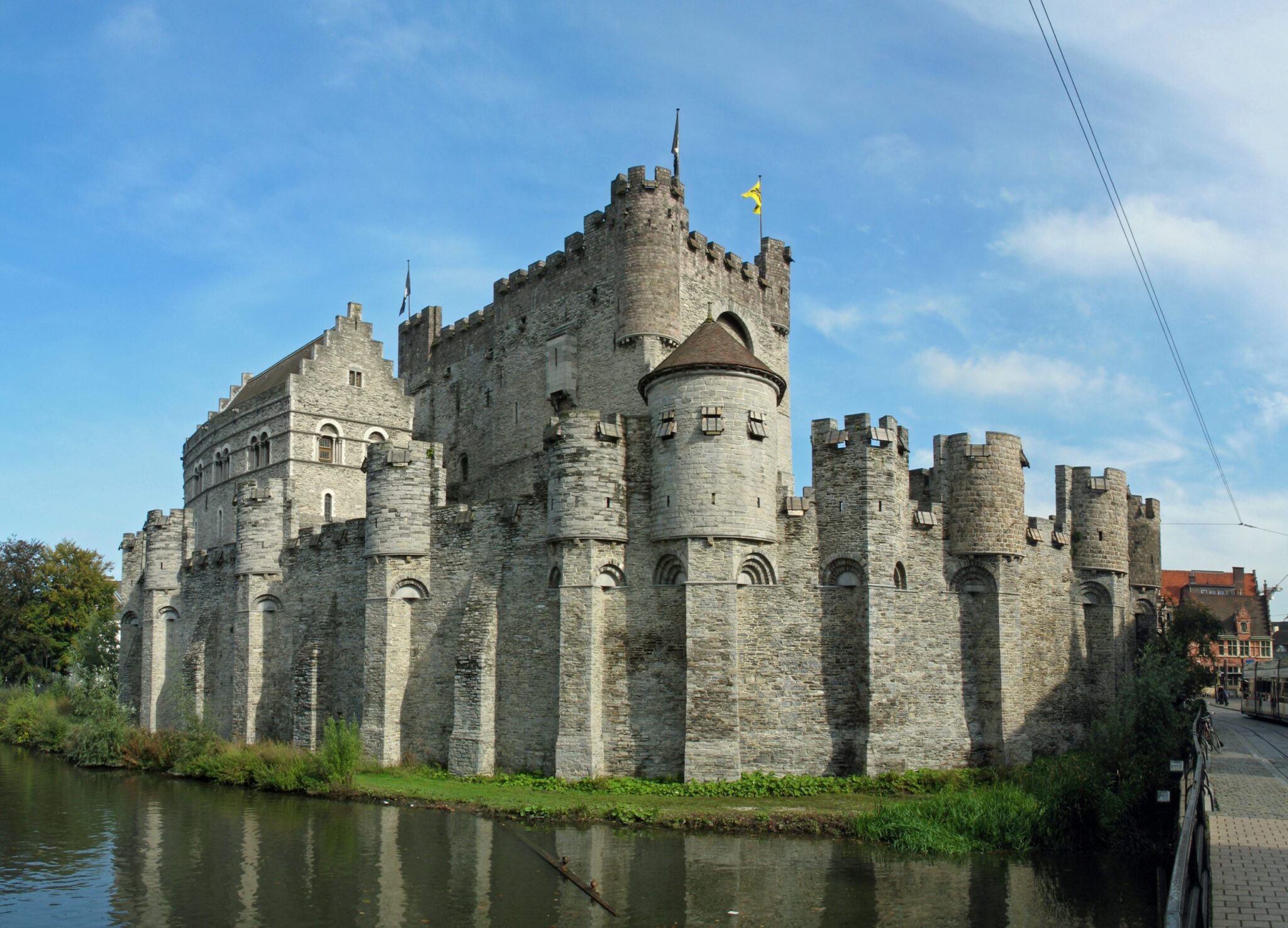
Photo Source : OanaAlexandra on canva.com
Jubelpark
Brussels, the capital of Belgium, has the 50th Anniversary Park, also known as the Jubelpark, about 1.5 kilometers east of the Warandepark. Spread across 37 hectares, it’s a well-liked hangout for Brussels residents, particularly during the summer. It is particularly well-liked by recreational runners since it allows you to run on multiple paths that wind around the park in addition to the 2 km route that passes it outside and allows you to engage in sports activities away from traffic.
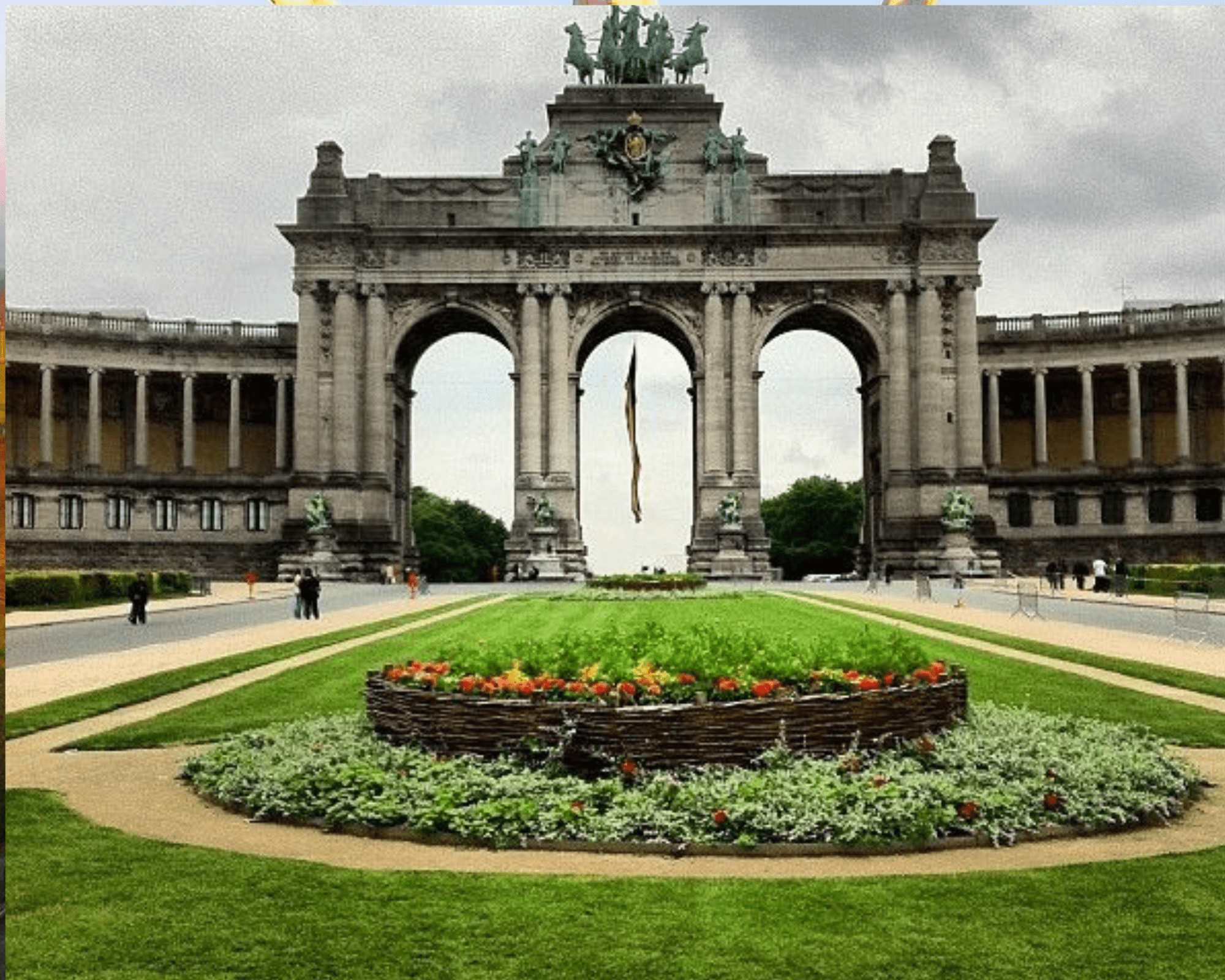
Photo Source : OanaAlexandra on canva.com
Royal Palace
The King and Queen of Belgium have their official residence in the heart of Brussels, the Royal Palace of Brussels (French: Palais royal de Bruxelles, pronounced [pa.lɛ ʁwa.jal də bʁy.sɛl]; Dutch: Koninklijk Paleis van Brussel [ˈkoːnɪŋklək paːˈlɛis fɑm ˈbrʏsəl];[a] German: Königlicher Palast von Brüssel) is the official residence of the Belgian monarchs. The king and his family reside in the Royal Palace of Laeken in northern Brussels, therefore it is not utilized as a royal residence. The Belgian Monarchy’s website provides the following description of the Royal Palace’s purpose,His Majesty the King holds audiences, performs state business, and exercises his authority as Head of State at the Royal Palace. In addition to the King and Queen, the Grand Marshal of the Court, the King’s Head of Cabinet, the Head of the King’s Military Household, and the Intendant of the King’s Civil List are all employed in the Royal Palace. Along with the State Rooms, which host sizable events, the Royal Palace also houses the residences used by visiting heads of state when they are in the country on official business.
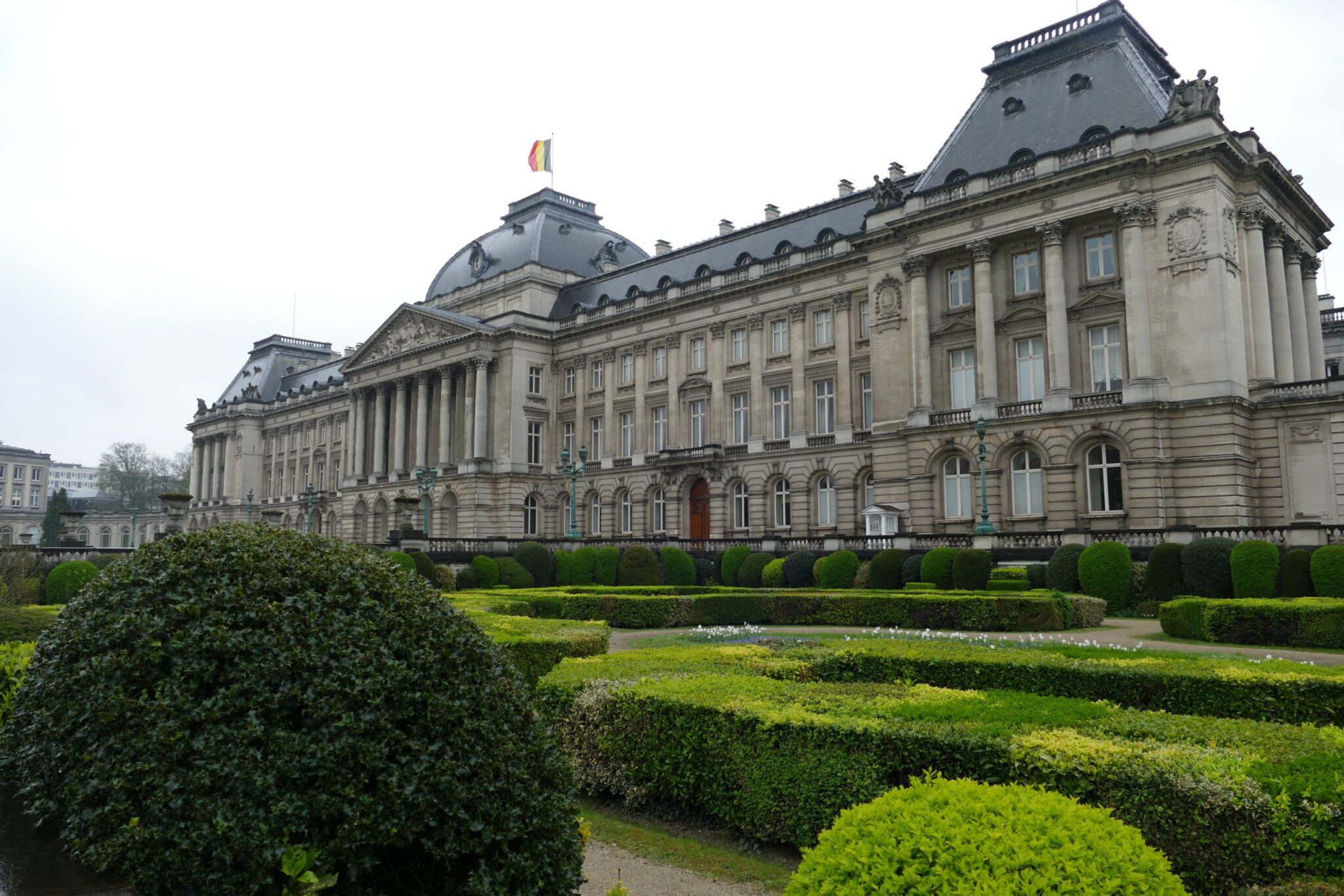
Photo Source : traveldreamdiary.com
St. Bavo's Cathedral
In Ghent, Belgium, the Catholic Church operates Saint Bavo’s Cathedral, sometimes called Sint-Baafs Cathedral (Dutch: Sint Baafskathedraal). The 89-meter-tall Gothic structure, named after Saint Bavo of Ghent, serves as the Diocese of Ghent’s seat. It has the famous Ghent Altarpiece in it. From J van Eyck Square, the cathedral. The cathedral is located where the former Chapel of St. John the Baptist had stood. Transmarus, the Bishop of Tournai and Noyon, dedicated the wooden chapel in 942. The crypt of the cathedral has remnants of a later Romanesque building. Around 1274, work on the Gothic church started.
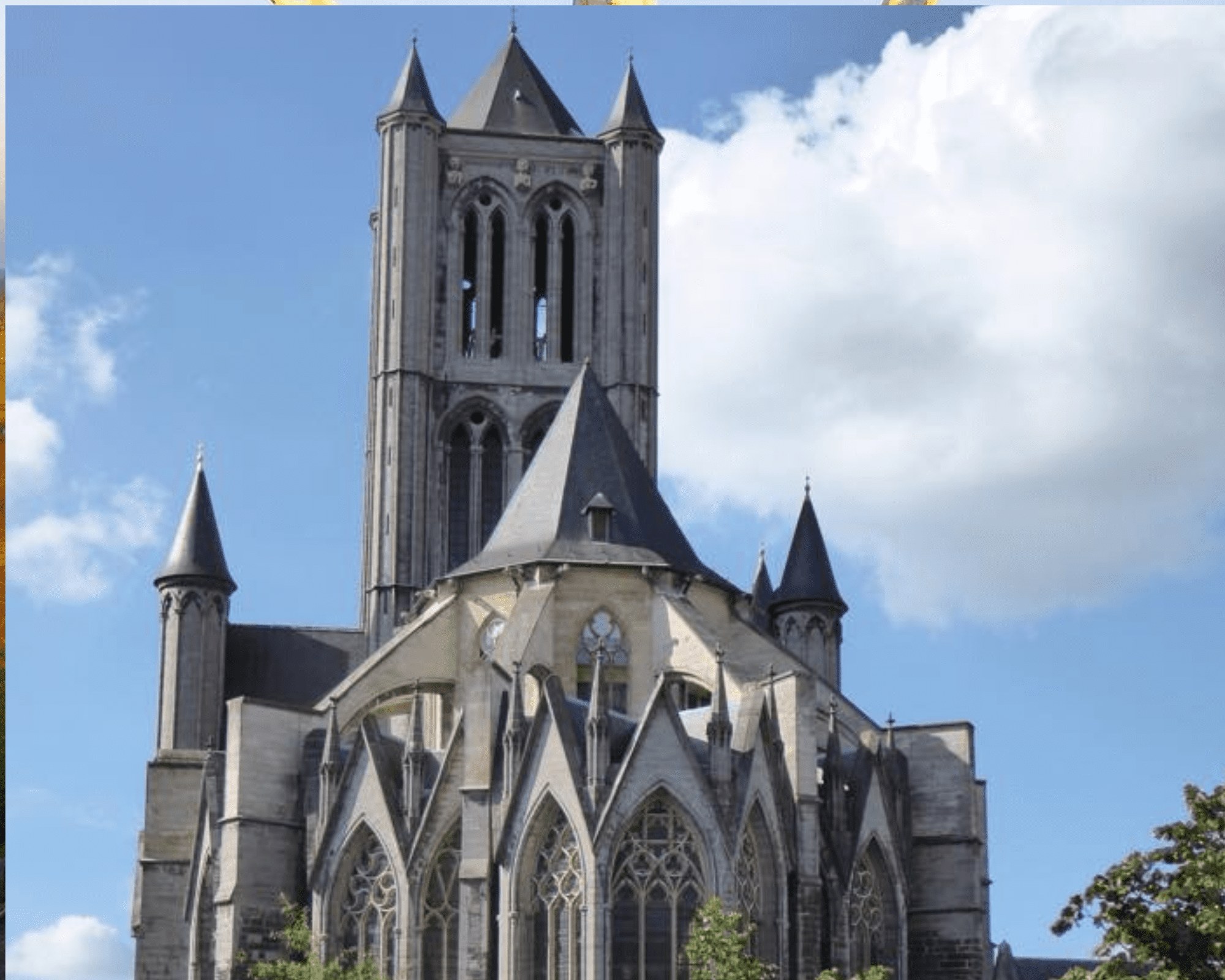
Photo Source : OanaAlexandra on canva.com
Museum aan de Stroom
In the Eilandje neighborhood of Antwerp, Belgium, beside the Scheldt River, stands the Museum aan de Stroom (MAS; Dutch for: Museum by the Stream). The biggest museum in Antwerp opens its doors in May 2011.The city council of Antwerp made the decision to construct the museum on the Hanzestedenplaats in 1998. The building’s first brick was set on September 14, 2006. 2010 saw the arrival of artifacts from a number of other museums, including the Maritime Museum and the Ethnographic Museum, both of which closed. Public access to the museum began on May 17, 2011.
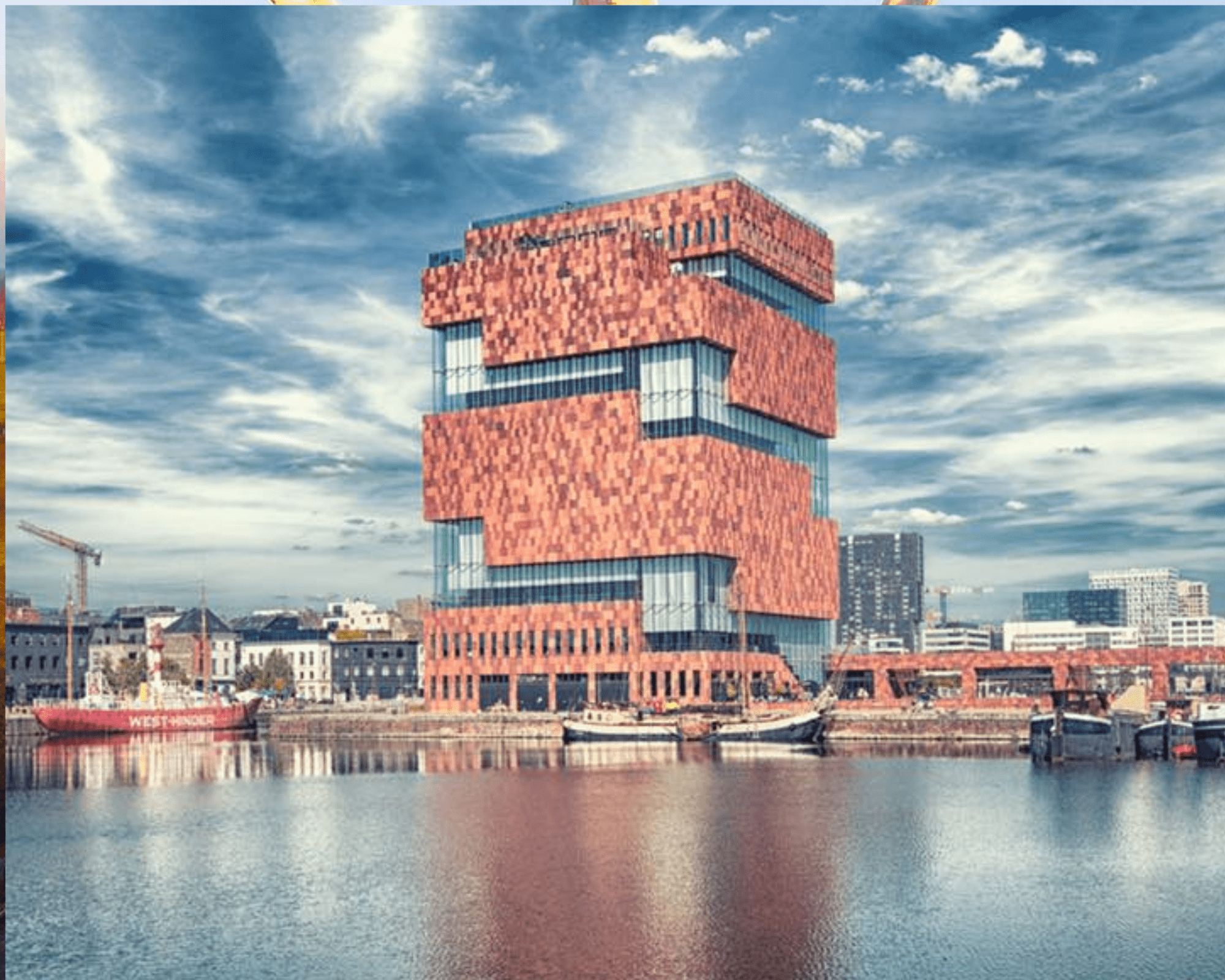
Photo Source : OanaAlexandra on canva.com
The Cathedral of Our Lady
The Brussels suburb of Laeken, Belgium is home to the Roman Catholic parish church known as the Church of Our Lady of Laeken (French: Église Notre-Dame de Laeken; Dutch: Onze-Lieve-Vrouwekerk van Laken). Originally constructed in remembrance of Queen Louise-Marie, the spouse of King Leopold I, the neo-Gothic structure was designed by architect Joseph Poelaert. On September 8, 1935, Pope Pius XI issued a decree of pontifical coronation for the revered Marian image housed within the church. On May 17, 1936, Cardinal Jozef-Ernest van Roey, the former Archbishop of Mechelen, performed the coronation rite. The Belgian royal family is primarily buried in the Royal Crypt under the shrine, with a few prominent artists also buried in the adjacent cemetery.
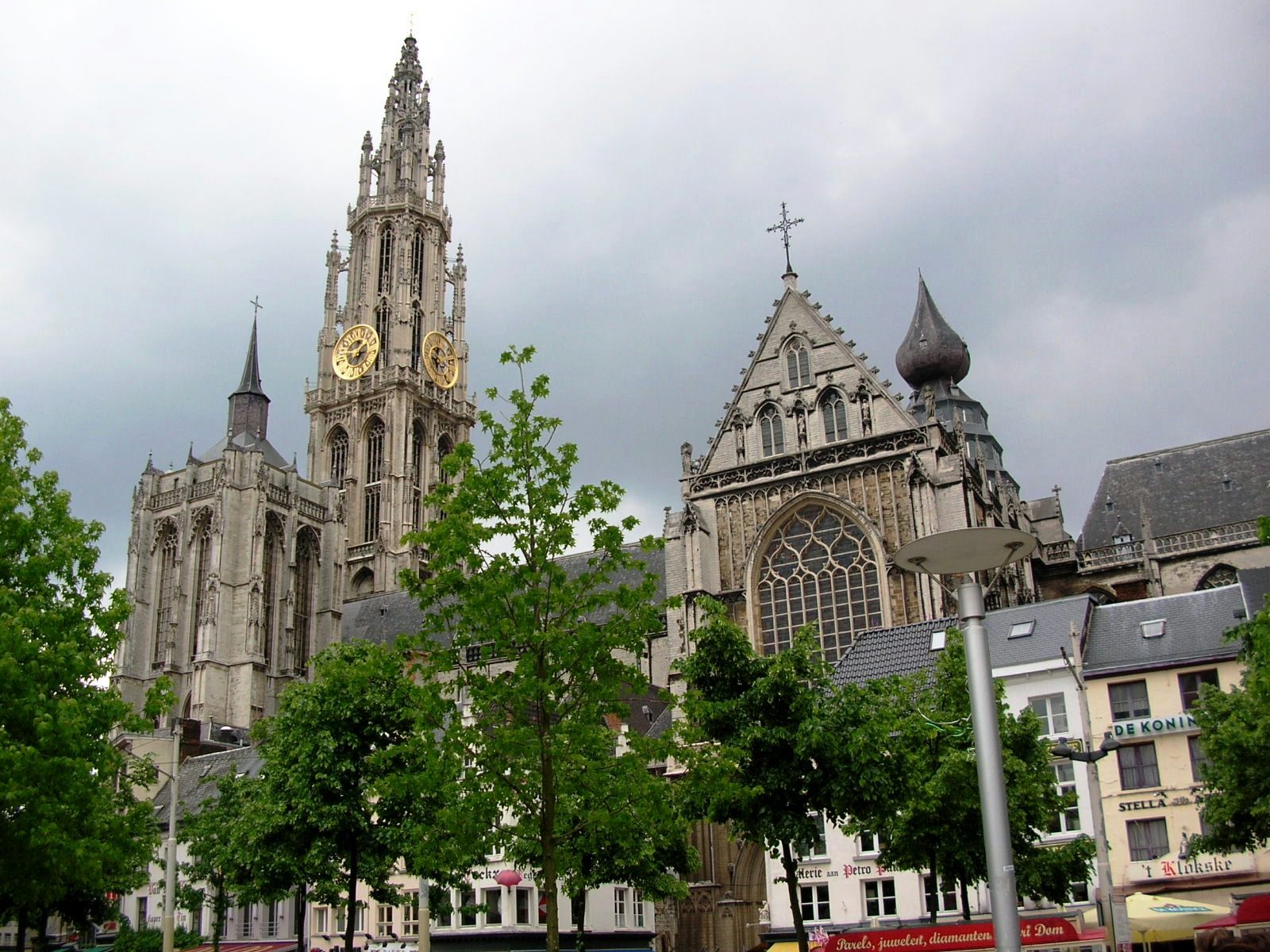
Photo Source : OanaAlexandra on canva.com
Galeries Royales Saint-Hubert
The three glass-covered shopping arcades that make up the Royal Saint-Hubert Galleries (French: Galeries Royales Saint-Hubert; Dutch: Koninklijke Sint-Hubertusgalerijen) are located in the heart of Brussels, Belgium. The three galleries that make up this complex are the King’s Gallery (also known as Galerie du Roi in French, Galerie de la Reine in Dutch, and Prinsengalerij in Dutch), the Queen’s Gallery, and the Princes’ Gallery.The Galleria Vittorio Emanuele II in Milan and the Passage in Saint Petersburg are two more well-known 19th-century European shopping arcades that were created and planned by architect Jean-Pierre Cluysenaar between 1846 and 1847. Similar to them, they feature twin regular facades that have their distant origins in the long, narrow, street-like courtyard of the Uffizi in Florence. The facade features two upper floors with Italianate Cinquecento style, arched glass-paned roof, and glazed arched shopfronts separated by pilasters. In 1986, the complex received the designation of historic monument.
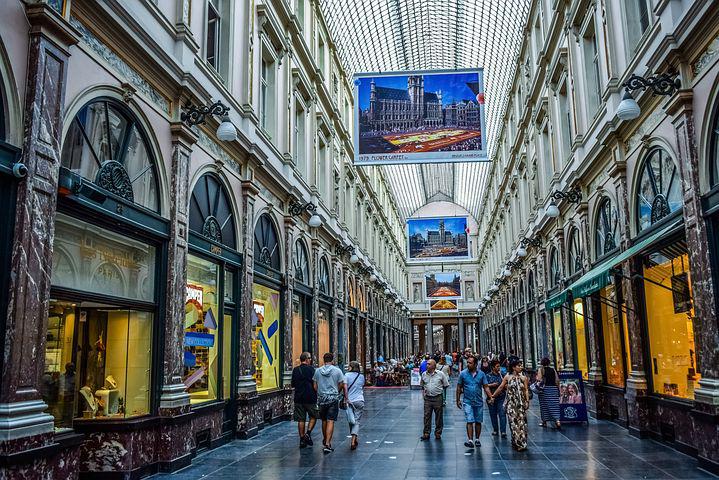
Photo Source : OanaAlexandra on Facebook
Cathedral of St. Michael and St. Gudula
Usually shortened by locals to the Cathedral of St. Gudula[a] or St. Gudula[b], the Cathedral of St. Michael and St. Gudula (French: Cathédrale Saints-Michel-et-Gudule; Dutch: Kathedraal van Sint-Michiel en Sint-Goedele) is a medieval Roman Catholic cathedral located in the heart of Brussels, Belgium. One of the best specimens of Brabantine Gothic architecture, it is dedicated to the patron saints of the City of Brussels, Saint Michael and Saint Gudula.The Romanesque church was built in the eleventh century to replace an older chapel. It was mostly finished in the sixteenth century in its current Gothic style, though the interior was regularly altered in the years that followed. The structure has late-Gothic and Baroque chapels, and parts of its aisle stained glass windows and other neo-Gothic ornamentation are remnants of 19th-century restoration work. The church bells and its two pipe organs are two of St. Gudula’s most notable musical features. In 1936, the complex received the designation of historic monument.
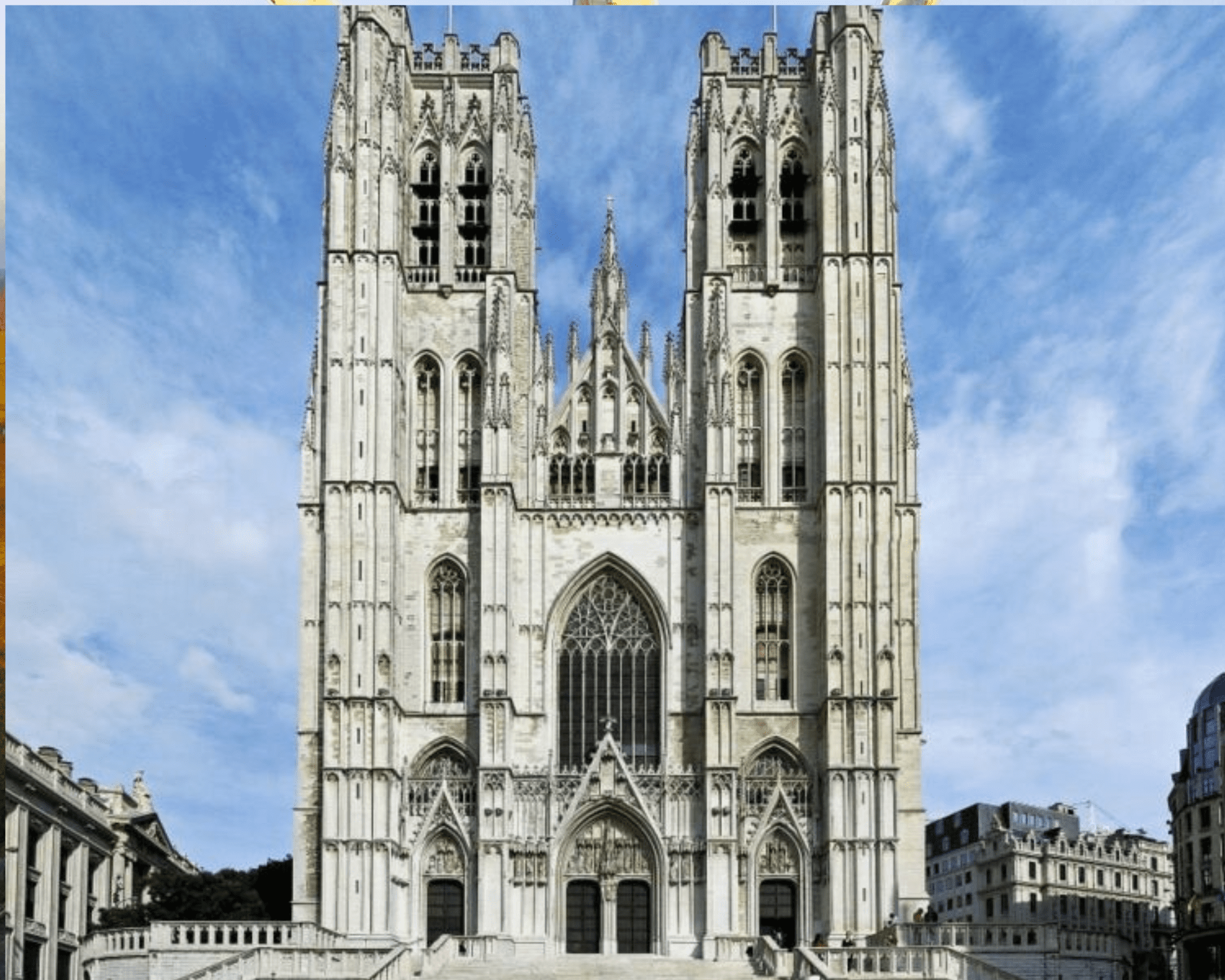
Photo Source : OanaAlexandra on Facebook
Dinant Citadel
Under the leadership of Théoduin, the prince-bishop of Liège, the citadel of Dinant is a fortress perched atop a precipitous bluff overlooking the Meuse. It was greatly enlarged as a stronghold for defense and protection at the start of the 19th century. At the close of the 20th century, each of its systems was rebuilt and is now a museum. The stronghold of Dinant, along with the citadels of Huy and Namur, is a component of the Meuse Citadels.
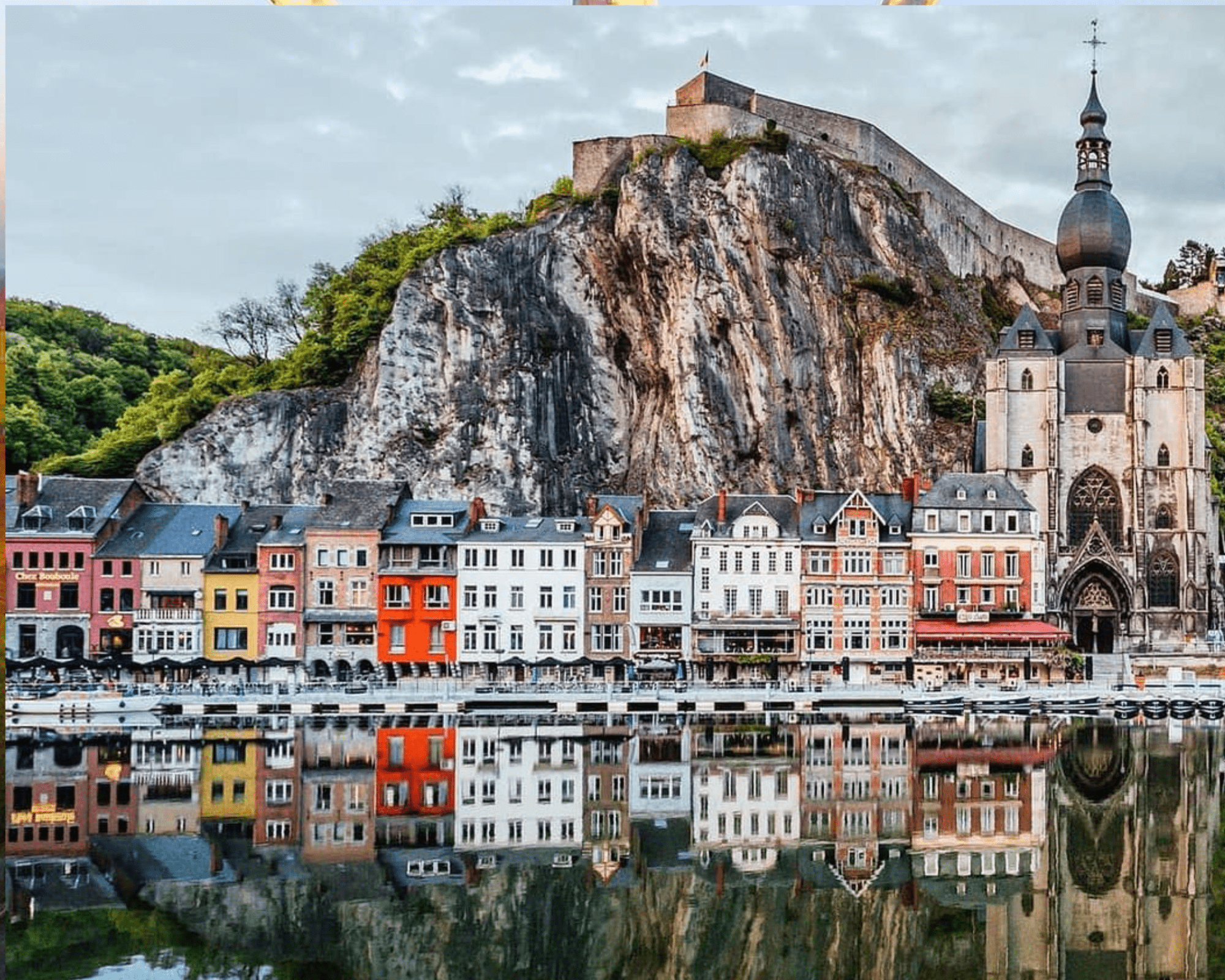
Photo Source : Euronews Travel on Facebook
Book your perfect vacation!
Vacations: We are happy that we have the opportunity to work with the most famous companies in the world, we always order our vacations from these companies and we have never been disappointed: Check 24, Trivago, Trafalgar, TravelUp, Insight Vacations, Explorer Fernreisen.
Where to stay
Hotels, bed & breakfasts, and guesthouses, regardless of location—in the center of town, close to a lake, or amid natural surroundings. We were able to identify the top companies providing the best hotels: Booking.com, Trip.com, TravelUp, esky, Hoteltopia, Millennium Hotels and Explorer Fernreisen.
Adventurers will enjoy Dinner in the Sky, where they can eat a fine dinner while hanging from a crane. Dinner in the Sky began in Belgium in 2006 and has now expanded to more than 55 nations. A seat at the table hung in midair by a crane at the original location in Belgium costs more than €250, or around $280 in today’s currency.
What to eat
Any trip to Belgium must have at least a few servings of frites, also known as fritjes. The North Sea mussels from Mosselen are meatier than those from France. The filet Americaine, or raw minced beef combined with seasonings, mayonnaise, and egg yolk, is the main ingredient of the Belgian sandwich known as the Martino. Ham and Belgian Endive Gratin Croquettes avec gritty crevettes Waterzooi is a fish or chicken stew or soup that also contains veggies, cream, and eggs.

Photo Source : traveldreamdiary.com
Regardless of linguistic differences, meatballs remain a beloved dish in Belgium and are typically made with a combination of beef and pork. Meat stew in a Flemish stew croquettes of grey shrimp The dish called “eel in the green” is precisely what it sounds like: an eel cooked in a vibrant green sauce that gets its color from the use of numerous green herbs, including basil, watercress, and parsley. mashed potatoes and sausage Tomatoes with Green Crevettes

Photo Source : traveldreamdiary.com
- Belgian waffles
- Speculaas- Gingerbread
- cannibale is served on slices of sweet white toast called pain de mie and cut into triangles.
- Shortcrust Biscuits
- Belgian Chocolates
- Sirop de Liege

Photo Source : traveldreamdiary.com
Restaurants
regarded as one of the best restaurants in Europe and as the best restaurant in all of Belgium. Comme Chez Soi has been a packed house ever since it started in 1925. They have the best French food available. Bruneau: He received two Michelin stars for his European and Belgian cuisine, as well as for the romantic atmosphere of the restaurant. A delicious array of specialty meals is served at Cafe Brussels, a Belgian bistro. French fries, steaks, and scallops are among Park Restaurant’s most well-liked menu items. One of Belgium’s top restaurants, Le Belgica draws its inspiration from the way of life of the Belgian people.
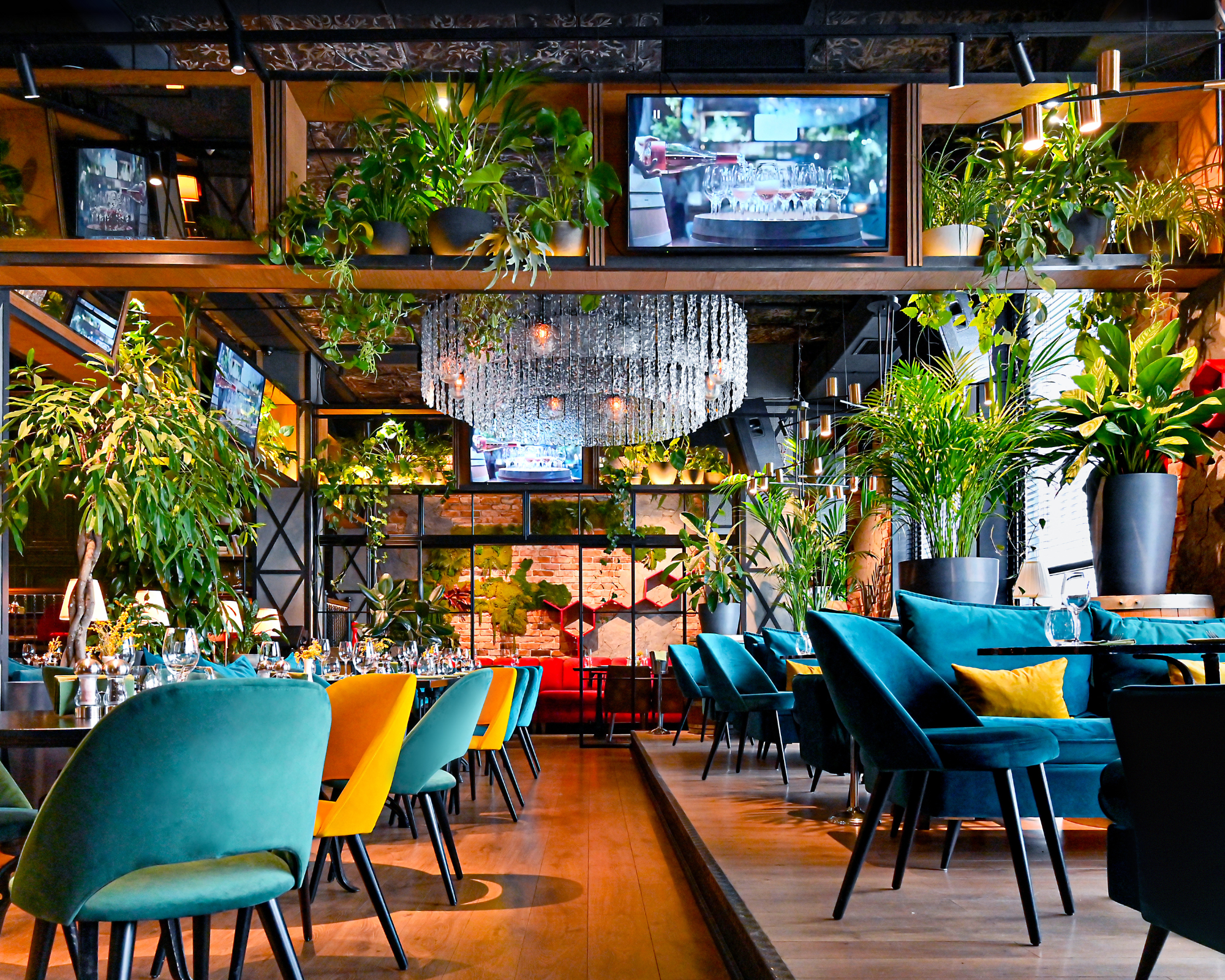
Photo Source : OanaAlexandra on canva.com
Maison Du Cygne: It offers customary speciality foods from Belgium. Amadeus Restaurant is a classy eating establishment housed in a former sculptor’s studio. This is among Belgium’s greatest dining establishments. Brussels Pomperlut: Before being renovated into a classy fine dining establishment, this restaurant was a farmhouse. De Heeren Van Liedekercke: Every meal offered here is freshly prepared using ingredients that are carefully chosen and mixed to deliver the most flavor. Every beer enthusiast should visit the traditional Belgian establishment Restobieres establishment in Brussels.
Saving Tips
Restaurants in the capital’s popular districts can get very pricey on the weekends and in the nights. This nation boasts the most number of breweries worldwide per person! that the least expensive type of alcohol is beer When dining out, limit your options to items like sandwiches, kebabs, and frites. These dinners run from 5 to 7 euros.

Photo Source : OanaAlexandra on canva.com
The public can tour the European Parliament for free and visit the museum of military history at no cost thanks to low-cost bus companies like Flixbus. First Sundays of every month offer free admission to all museums in Brussels. Obtain a tourist card for the city.
Book your tours!
Tours: If you do not go by car and need to know more information about the tours, and things to see, we recommend these companies that are offering tours for any kind of activity you want to do and where you can buy trips much cheaper than if you buy them when you arrive at your destination. It is always good to be able to save some money!
Viator, Get Your Guide, Tiqets, City Sightseeing, Sesame, Sightseeing Pass, Contiki, Riviera Travel, CityPass: the best activities in town!
Shopping
When it comes to shopping in Belgium, the capital of both the country and the EU is unquestionably a terrific place to start. The primary retail district is centered on the seemingly never-ending Rue Neuve, a lengthy pedestrianized avenue lined with well-known global brand retailers. The oldest retail arcade in Europe is called Galeries Royale Saint Hubert. One can even discover a movie theater and an antique Vaudevillian theater at the neighboring Galeries du Roi.
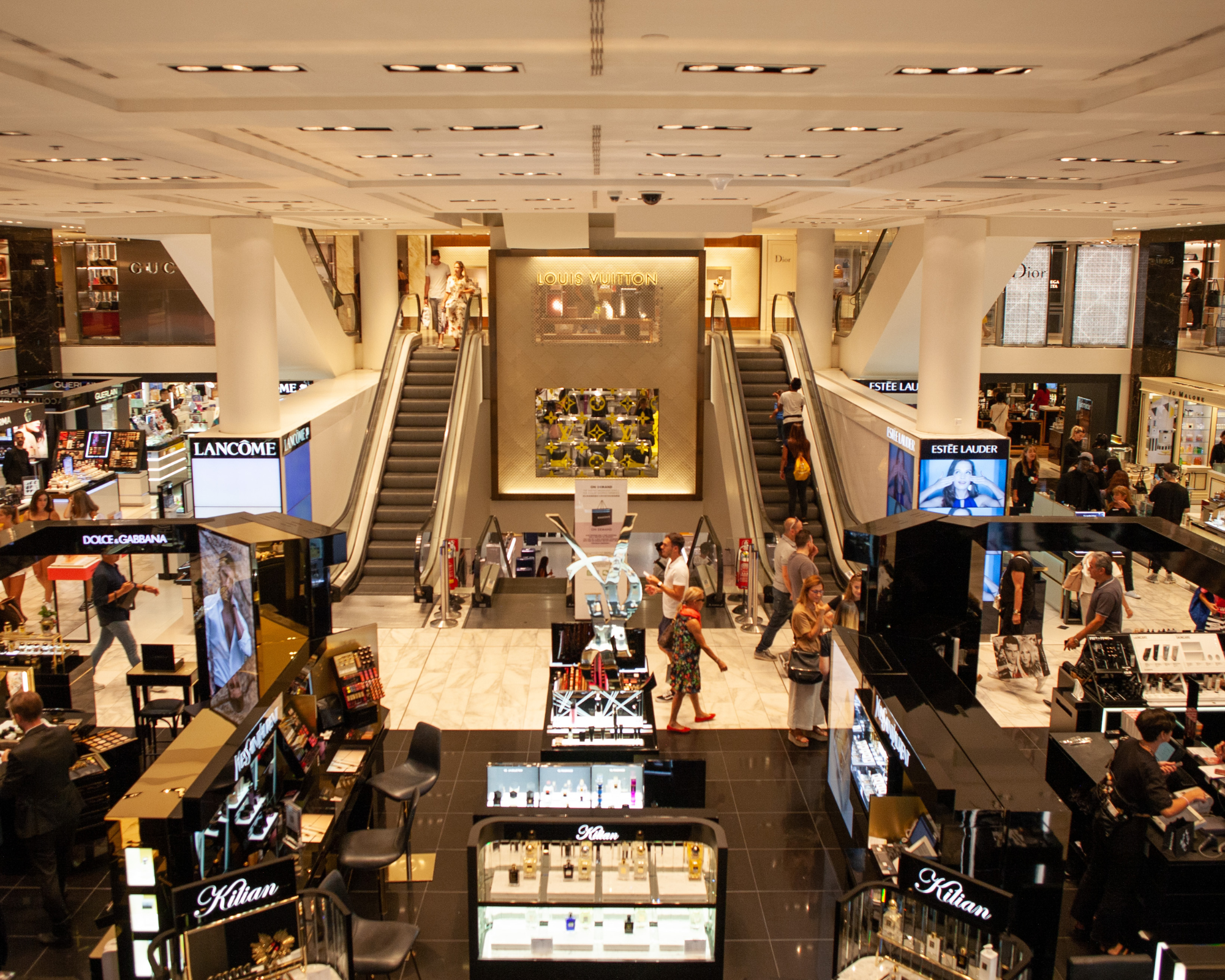
Photo Source : OanaAlexandra on canva.com
In Belgium, Maasmechelen Village is the benchmark for opulent outlet shopping. Over a hundred stores including top designer and luxury brands can be found in the stylish village. With its outlet stores, Cameleon provides some of the best shopping in Brussels, Belgium. One of Belgium’s largest retail centers is the Woluwe retail Center. The town of Sint-Niklaas, located around 50 kilometers from Brussels, is home to the Waasland Shopping Centre, which boasts some of Belgium’s best shopping!
One of Belgium’s most recognizable retail centers is the retail Stadsfeestzaal. With 62,000 square meters of space, the Wijnegem Shopping Center outside of Antwerp is by far the biggest shopping center in Belgium. One of Belgium’s largest Sunday markets is the Marche du Midi, also known as the Zuidmarkt. On Sunday mornings, the expansive market behind the Midi Railway Station comes to life with over 150 shops selling everything from inexpensive clothing to fresh fruits and vegetables.
Getting Around
Traveling within Belgium is nearly always simple due to its small size and incredibly well-organized, fairly priced public transportation system, which consists of an extensive train network complemented by several local bus routes. The best ways to go around the city are via the metro and tram. They transport you to several locations throughout the city in a safe and timely manner with little to no interference from other types of traffic. In the cities of Charleroi, Ghent, Antwerp, and Brussels, tram transit is available.
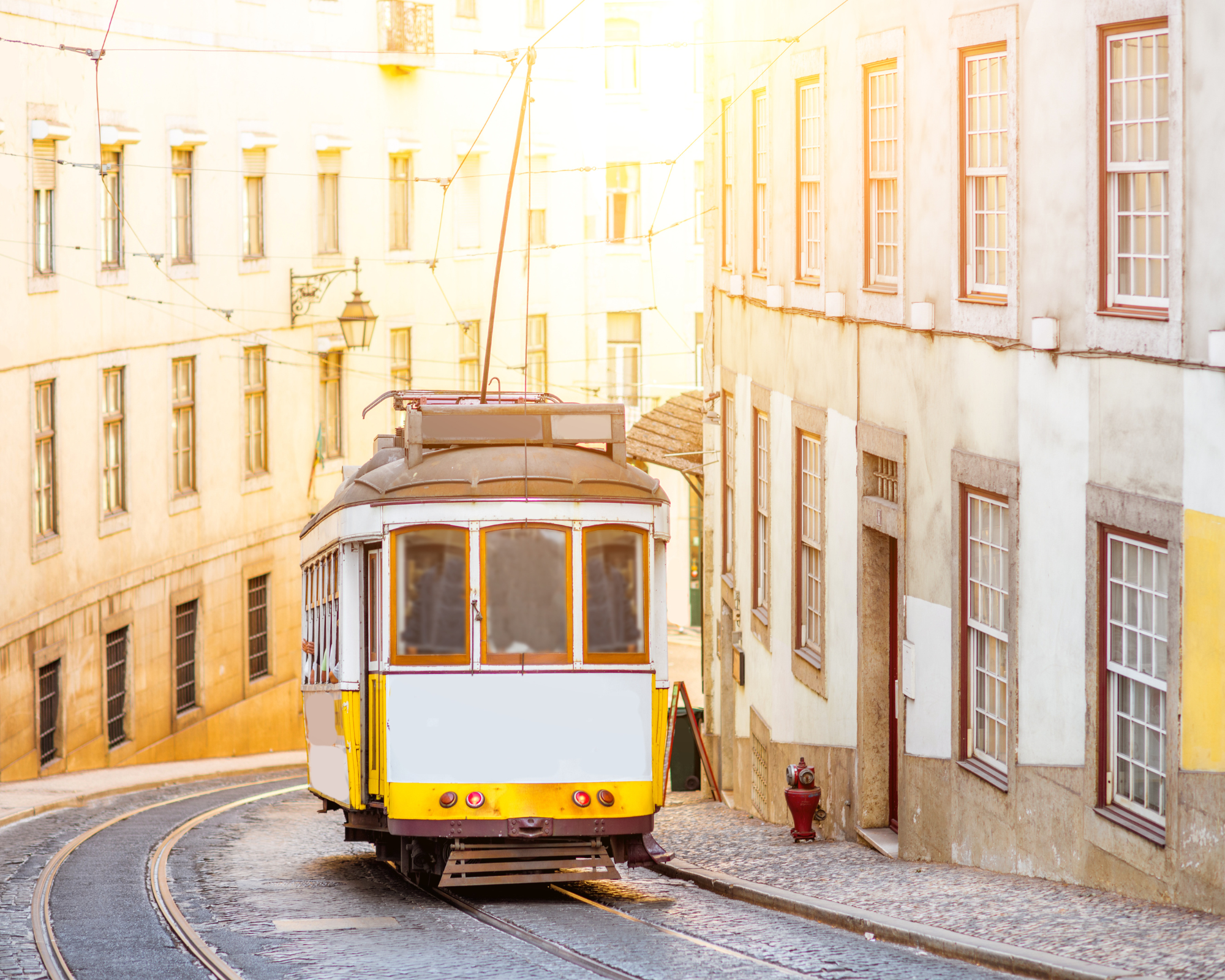
Photo Source : OanaAlexandra on canva.com
The bus network serves a large area not covered by other public transportation options, making it a convenient mode of transportation. Three distinct companies administer the bus routes in Belgium.
Book your transport!
Rent a car!
Here you can find the best offers to rent the right car for you, as well as parking right in the airport: esky, Explorer, Centauro and intui.travel.
Getting Here
Located 14 kilometers east of Brussels, Brussels Airport (Zaventem) serves hundreds of international locations. Brussels South Airport serves 26 European destinations and is located in Charleroi, 46 kilometers from Brussels. The quickest and easiest way to get to Belgium is via plane. The most common way is to take a plane to Brussels, the nation’s capital, which has excellent bus and rail connections to the rest of the nation. The primary international airport in the nation, Brussels Airport (Zaventem), offers flights to more than 220 locations around Europe and beyond. Flying into Brussels South Airport in Charleroi, which is about 50 kilometers outside of Brussels, is an additional choice. This airport connects Belgium with 190 destinations.

Photo Source : OanaAlexandra on canva.com
Travelers from the UK have an abundance of options when it comes to choosing how to get to Belgium. International buses travel frequently between London and Brussels and Antwerp. There are flights from London and several regional airports to Brussels; direct Eurostar trains from London to Brussels; ferries from Rosyth and Hull to Zeebrugge, near Bruges, and from Ramsgate to Ostend; Eurotunnel services from Folkestone to Calais, a short drive from the Belgian coast. The cheapest form of transportation is typically a bus, although trains are quicker and frequently not all that much more expensive, and there are many of amazing flying offers as well.
Book tour Flights!
If you have not found your desired flight, or you simply want more flight options to find the best and cheapest, we will help you with the best flight plans, where you will definitely find what you are looking for. With just one click you will find the cheapest flights to a wonderful destination!


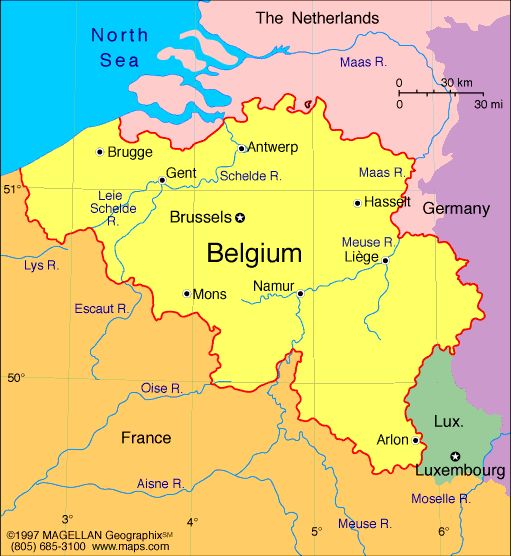



















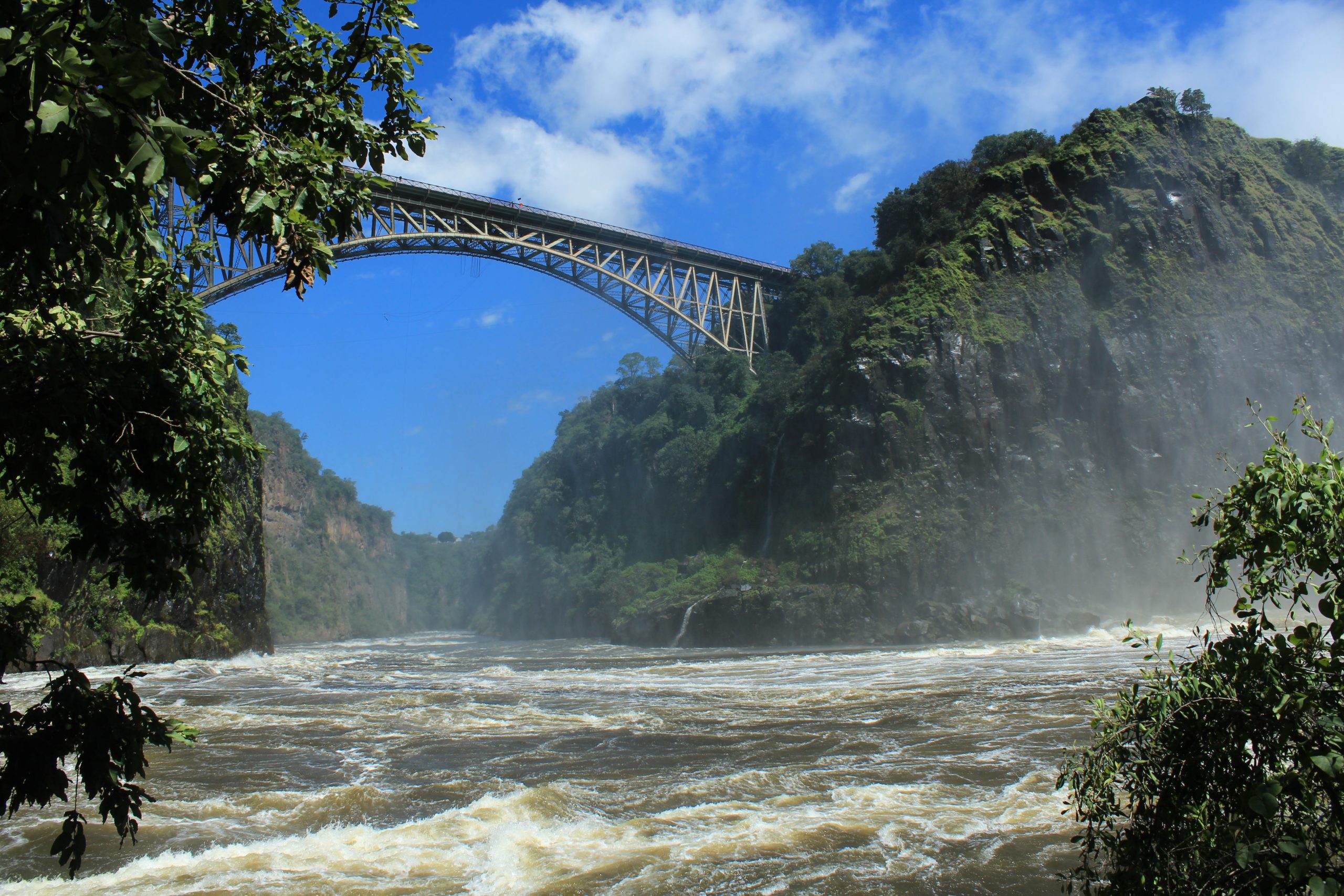
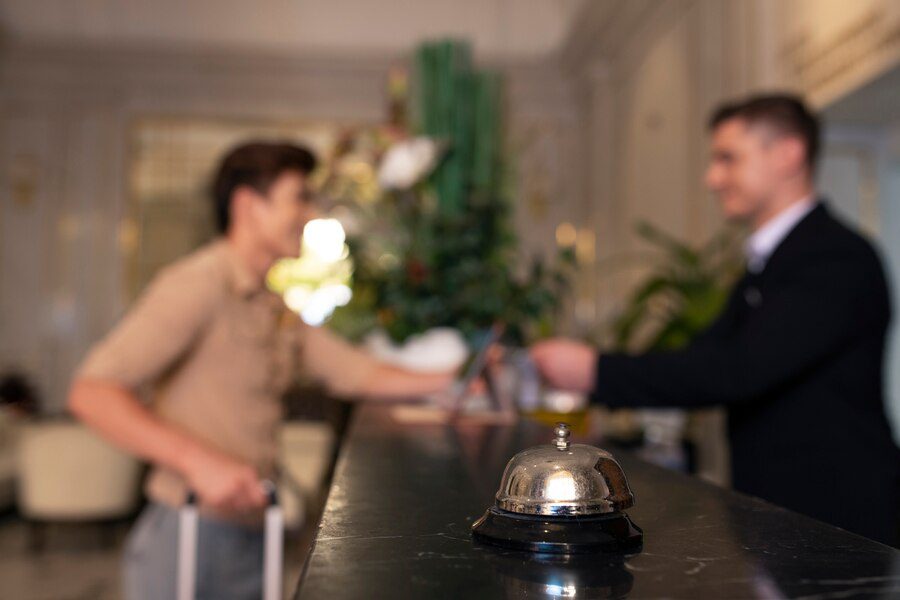
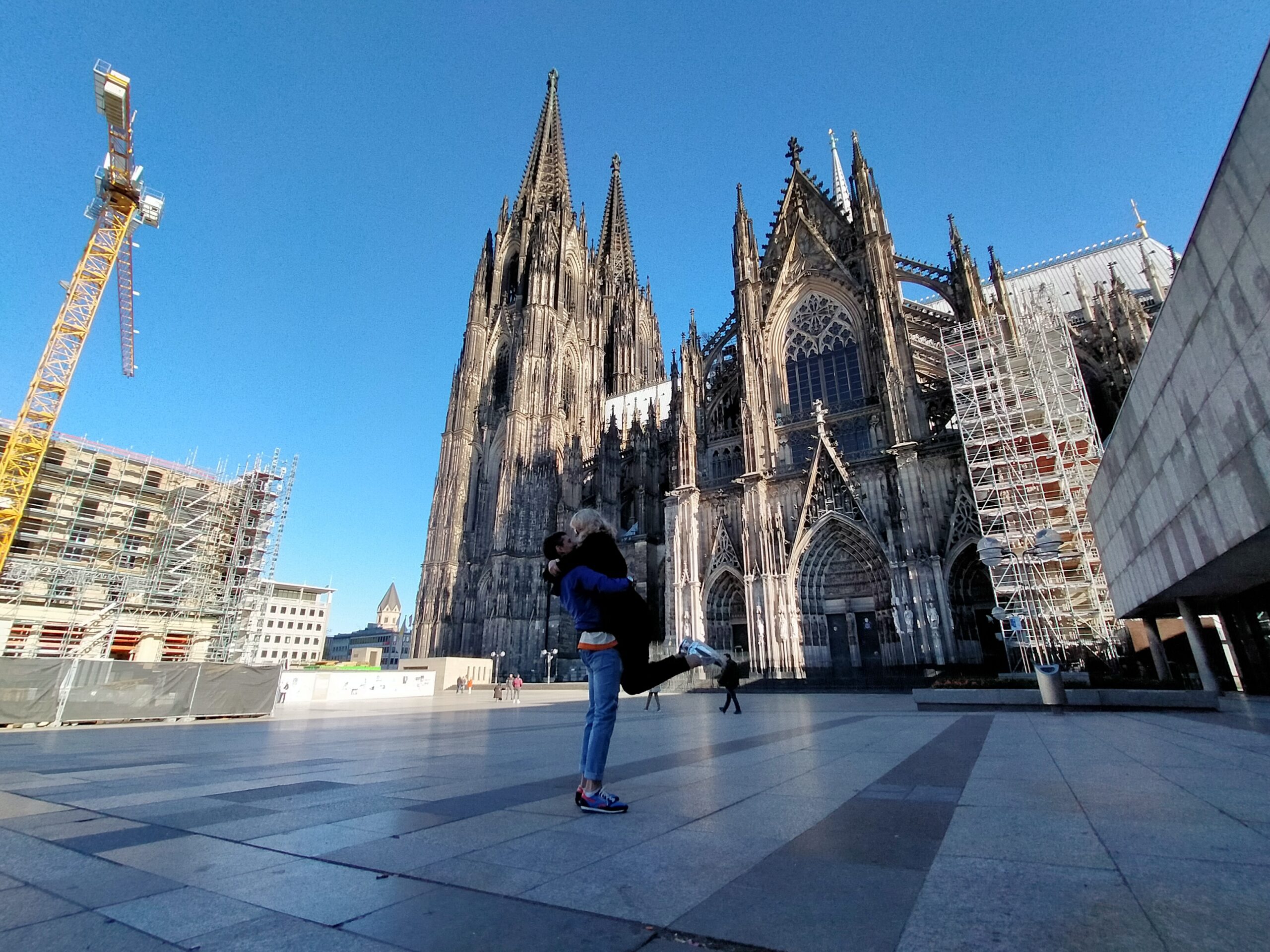
Hi to all, it’s really a fastidious for me to pay a quick visit this site, it includes useful Information.
Thank you very much!We would try our best!Alex and Christian